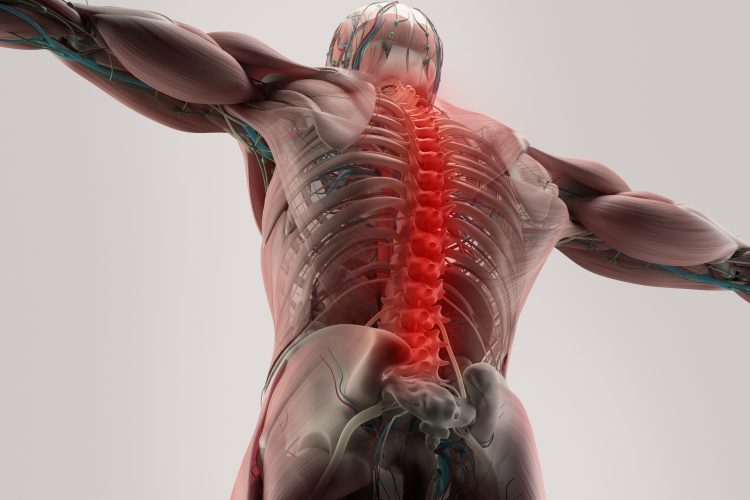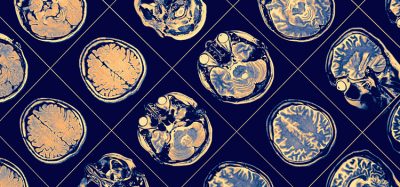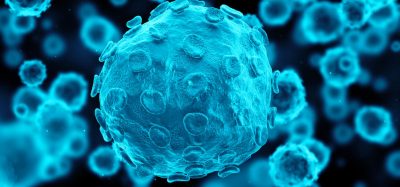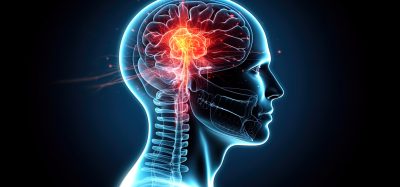Hyper-interleukin-6 allows paralysed mice to walk again
Posted: 18 January 2021 | Hannah Balfour (Drug Target Review) | No comments yet
Treating only a few nerve cells with the hyper-interleukin-6 (hIL-6) gene therapy stimulated the regeneration of nerves.

Inducing the production of a ‘designer cytokine’ in neurons was sufficient to repair a complete spinal cord injury (SCI) in mice.
SCIs, whether caused by injury or disease, often result in permanent disabilities, such as para- or quadriplegia. This is because, when the central nervous system (CNS) gets damaged, glial cells and fibroblasts form scars around the damage that prevent the axons of neurons from growing across and repairing lost connections. The result for patients is permanent paralysis and numbness. To date, there are no treatment options that can restore lost functions in affected patients.
In their search for potential therapeutic approaches, researchers at the Ruhr-University Bochum, Germany, developed a protein called hyper-interleukin-6 (hIL-6), a potent cytokine that stimulates JAK/STAT3 signalling and axon regeneration. “This is a so-called designer cytokine, which means it does not occur like this in nature and has to be produced using genetic engineering,” explained Dietmar Fischer. His research group already demonstrated in a previous study that hIL-6 can efficiently stimulate the regeneration of nerve cells in the visual system.
To test hIL-6 in SCI, the researchers delivered its genetic sequence to motoneurons in mice with complete spinal cord crush injuries. Once the genetic sequence was delivered by viral vectors, the neurons began to produce the cytokine. Since these motoneurons are also linked via axonal side branches to other neurons that are important for movement processes, the hIL -6 was also transported directly to these, otherwise difficult to access, nerve cells and released there in a controlled manner.
“Thus, gene therapy treatment of only a few nerve cells stimulated the axonal regeneration of various nerve cells in the brain and several motor tracts in the spinal cord simultaneously,” said Fischer. “Ultimately, this enabled the previously paralysed animals that received this treatment to start walking after two to three weeks. This came as a great surprise to us at the beginning, as it had never been shown to be possible before after full paraplegia.”
The research team is now investigating to what extent this or similar approaches can be combined with other measures to optimise the administration of hIL-6 further and achieve additional functional improvements.
They are also exploring whether hIL-6 still has positive effects in mice if the injury is several weeks old. “This aspect would be particularly relevant for application in humans,” explained Fischer. “We are now breaking new scientific ground. These further experiments will show, among other things, whether it will be possible to transfer these new approaches to humans in the future.”
The study was published in Nature Communications.
Related topics
Drug Delivery, Drug Development, Gene Therapy, Genomics, In Vivo, Neurosciences, Protein, Regenerative Medicine, Therapeutics
Related conditions
spinal cord injury
Related organisations
Ruhr University Bochum
Related people
Dietmar Fischer







